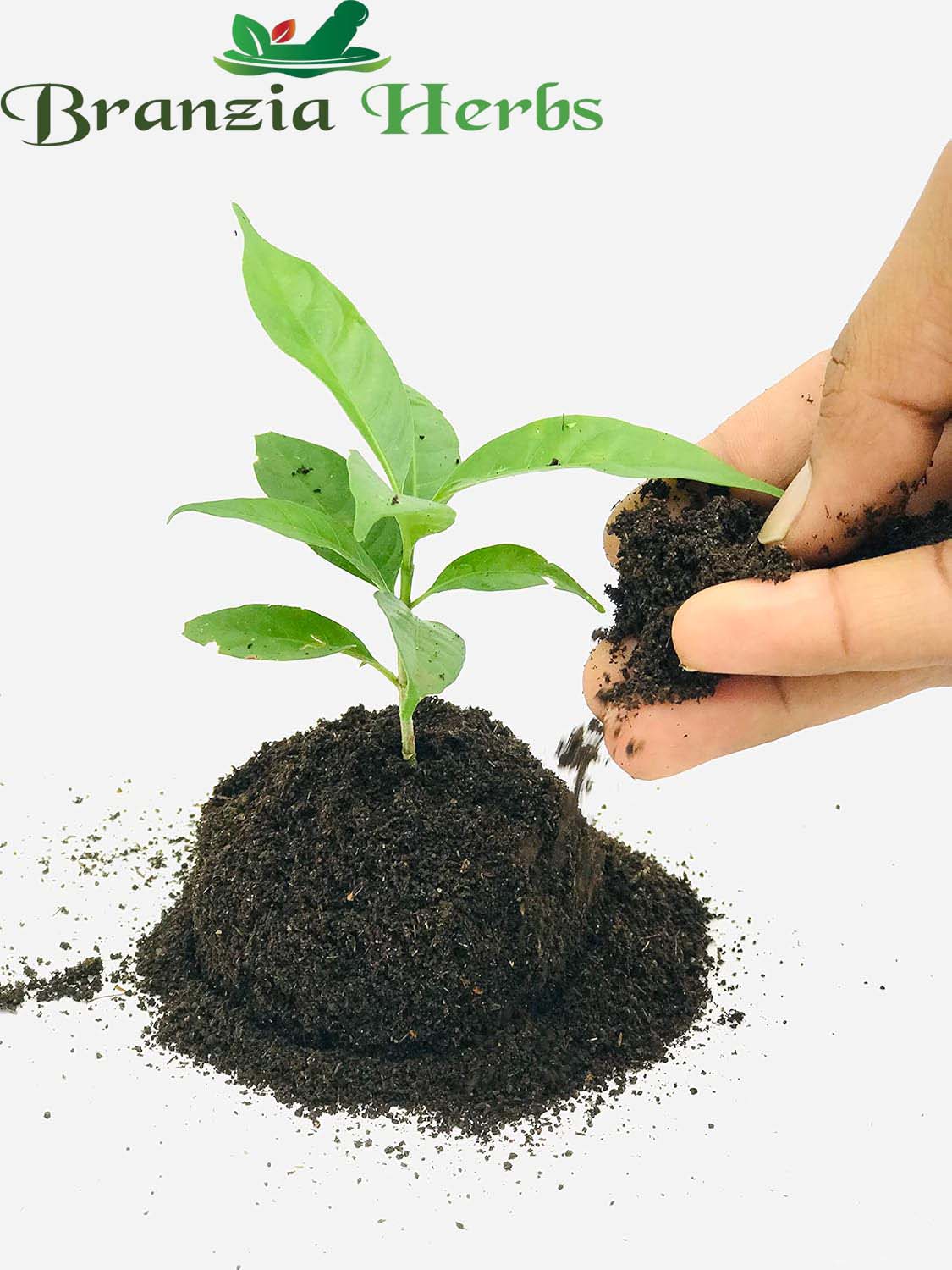-
Plant Description:
-
Scientific Name: Gmelina arborea.
-
Common Names: Gambhari, Gambhari Chhal (bark), White Meli, and in some regions, it might be referred to as the Gambhari Tree or Gambhari Bark.
-
Appearance: The Gambhari tree is a medium to large-sized deciduous tree. It has broad leaves, small white flowers, and produces a small, yellowish fruit.
-
Traditional Uses:
-
Digestive Health: Gambhari Chaal is traditionally used to support digestive health. It may help in managing gastrointestinal issues such as indigestion, dyspepsia, and constipation.
-
Anti-inflammatory: The bark is believed to have anti-inflammatory properties, which can be useful in treating inflammatory conditions like arthritis.
-
Antimicrobial: Gambhari Chaal is used for its antimicrobial properties, which can help in managing infections and promoting overall health.
-
Detoxification: It is used in traditional medicine to aid in detoxifying the body and supporting liver health.
-
Preparation and Use:
-
Decoction: The bark of Gambhari Chaal is typically used to make a decoction. This involves boiling the bark in water to extract its beneficial compounds. The decoction is consumed for its health benefits.
-
Powder: Dried bark can be ground into a powder and used in various formulations or mixed with water.
-
Extracts: Available in the form of capsules, tablets, or tinctures, which are often standardized for consistent dosage.
-
Properties:
-
Digestive Aid: Supports digestive health and helps manage gastrointestinal discomfort.
-
Anti-inflammatory: Helps reduce inflammation and manage symptoms of inflammatory conditions.
-
Antimicrobial: Useful in managing infections and supporting immune health.
-
Detoxifying: Assists in detoxifying the body and supporting liver function.
-
Ayurvedic and Traditional Significance:
-
Ayurveda: In Ayurveda, Gambhari Chaal is valued for its ability to balance the doshas (body energies) and support various aspects of health, including digestion and inflammation. It is often used in traditional formulations to promote overall wellness.
-
Traditional Medicine: The use of Gambhari Chaal in traditional medicine systems is based on its historical applications and observed benefits.
-
Safety and Side Effects:
-
General Safety: Gambhari Chaal is generally considered safe when used appropriately. However, it is important to use it under the guidance of a qualified healthcare professional or Ayurvedic practitioner.
-
Potential Side Effects: Possible side effects may include gastrointestinal upset or allergic reactions. Consult a healthcare provider if you experience any adverse effects.
-
Drug Interactions: Be cautious of potential interactions with other medications. Consult with a healthcare provider if you are on other medications or have underlying health conditions.
Note:
The specific benefits and safety of Gambhari Chaal can vary depending on individual health conditions and the quality of the product used. It is crucial to use correctly identified and properly prepared herbal materials to ensure safety and effectiveness. Consult with a qualified healthcare professional or herbalist to ensure appropriate use and to address any potential interactions or side effects




